In high school, he read his way, shelf by shelf, through the local library. In college, he found a way to fit courses in business law, sociology and other subjects into a tightly packed engineering curriculum. Even today, he spends his first working hour culling articles from the 34 abstracting services he subscribes to.
Bushnell credits this foundation—what he calls knowledgeability—not only for the breakthroughs he has achieved over his long career, but also their breadth. During his first 30 years at NASA Langley, he conducted groundbreaking research in a wide range of areas, including viscous flow modeling and control, turbulent drag reduction, hypersonic flight, and advanced materials. He contributed to the Gemini, Apollo and Space Shuttle programs, oversaw technology for the National Aero-Space Plane, and worked on the delta wing X-15. He has also applied his insight in such decidedly non-NASA areas as Americas’ Cup racers and MAGLEV trains.
For his achievements, Bushnell was elected to the National Academy of Engineering and named a fellow of the American Society of Mechanical Engineers and the Royal Aeronautical Society and an honorary fellow of the American Institute of Aeronautics and Astronautics.
Tackling Challenges that Matter
Naturally, Bushnell took his appointment as NASA Langley chief scientist in the mid-1990s as a license to range further afield. “I was in charge of every technical area at the center,” which undertakes research on atmospheric sciences and structures, materials, acoustics, and hypersonic airbreathing propulsion among other fields. He added other issues to his brief because he felt them equally compelling and significant.
One of the stated rationales for the National Aeronautics and Space Act of 1958 was “the general welfare and security of the United States,” which Bushnell interpreted as a mandate to explore national security threats and vulnerabilities with a 20+-year timeframe. His projections have been remarkably prescient. “The types of conflicts I foresaw for 2025 have materialized,” he notes. His success led the military services to call on him to help develop wargames to counter the “enemy after next.” It also set the stage for his work as NASA’s representative to the technology group at the National Intelligence Council as well as for his research on efforts to help the world adapt to climate change.
As the scope of his investigations broadened, Bushnell found himself drawn to futurism, giving talks on a wide variety of topics including autonomous robotics and quantum computing to U.S., Canadian, and NATO security organizations as well as corporate planning boards and universities.
Bushnell’s Credo: I Invent
Fundamentally, Bushnell sees himself as an inventor—he has 16 patents—and he finds the most complex, difficult problems to be the most appealing. He sees what he calls his “maverick” sensibility as a key part of his success. If his research leads him to bold new ideas, he doesn’t hesitate to embrace them. For instance, he has been working with a group of researchers who think it may be possible to address hunger caused by desertification in sub-Saharan Africa by piping in seawater to grow edible, salt-tolerant land plants called halophytes. He has also immersed himself in resolving one of the biggest obstacles to travel to Mars, finding a balance between cost on one hand and human health and safety on the other. He recently wrote a series of papers identifying an approach that provides both. As he says, if he finds a challenge “intellectually interesting,” he takes it on.
At the same time, Bushnell discoveries are founded on the hard work. His breakthrough research on laminar flow control required months in the library, reading and summarizing everything written on the topic since 1938. And he has been generous in sharing his insights, producing more than 300 publications and giving more than 500 invited lectures around the world.
Now that he has retired, there is little sense that Bushnell is going to slow down. He already has a half-dozen projects on his desk awaiting his attention. Looking back on his career, he says “It has been a wild, wonderful ride,” and for Bushnell, it’s clear that ride will continue.
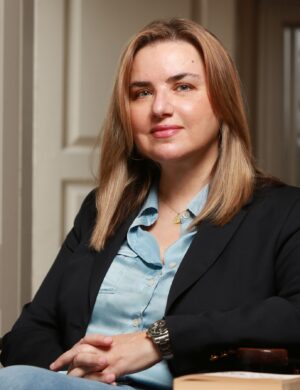
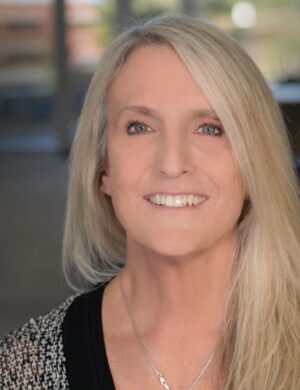
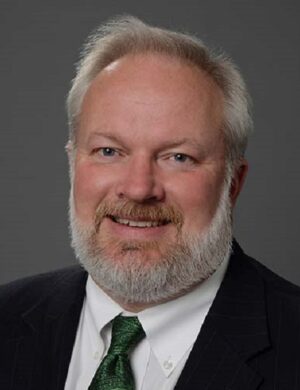
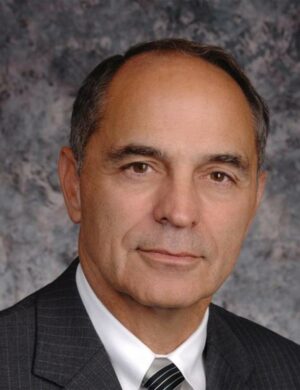
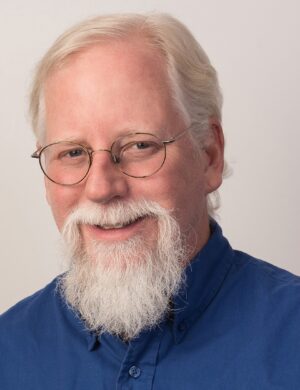
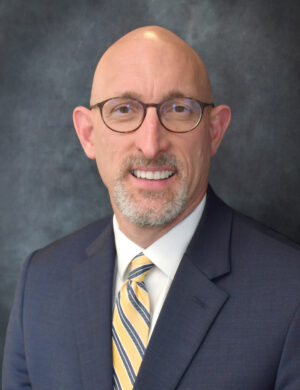
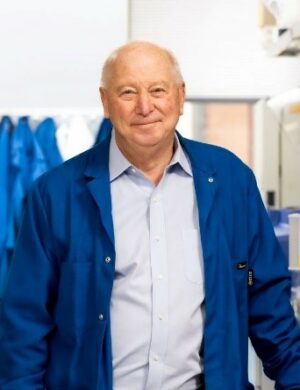
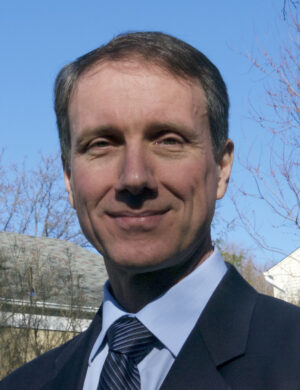
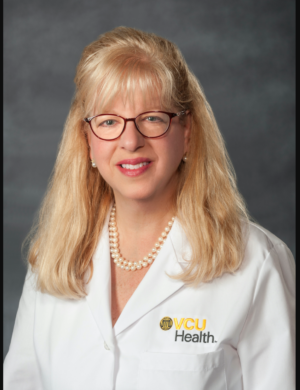
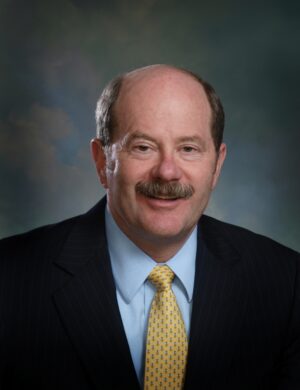
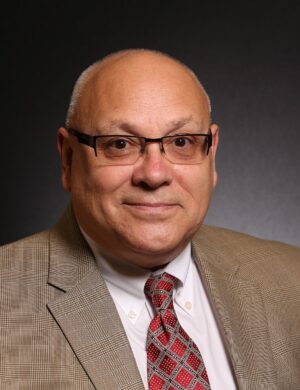
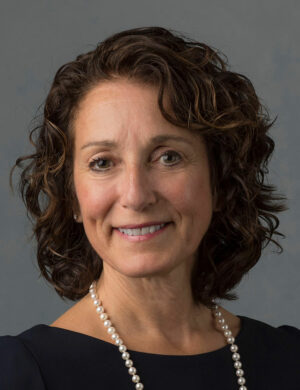
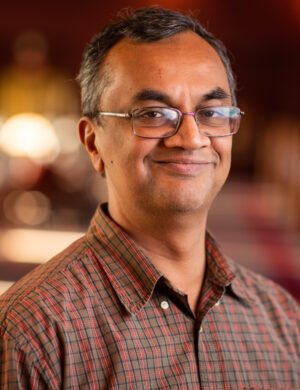
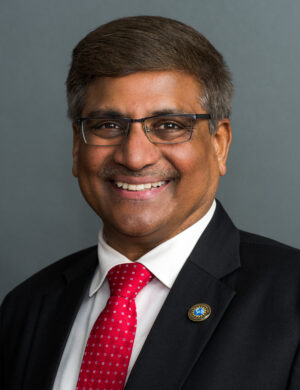
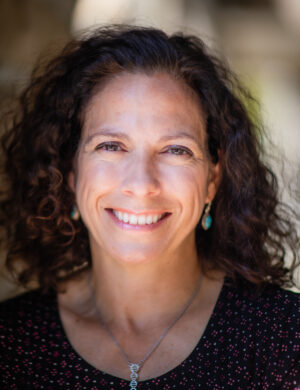

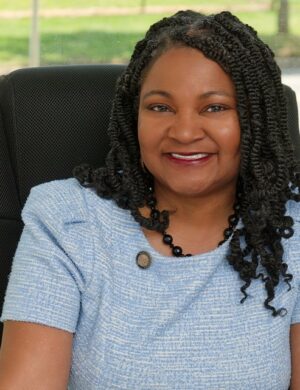
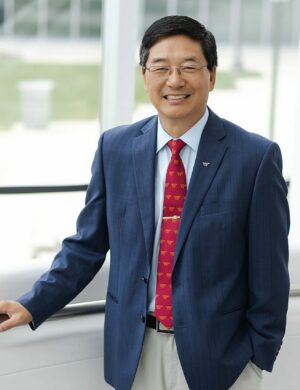
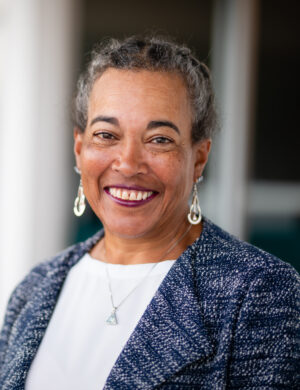
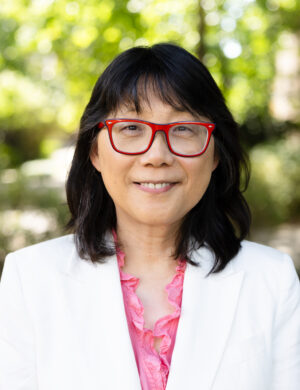
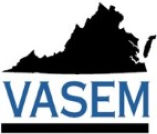
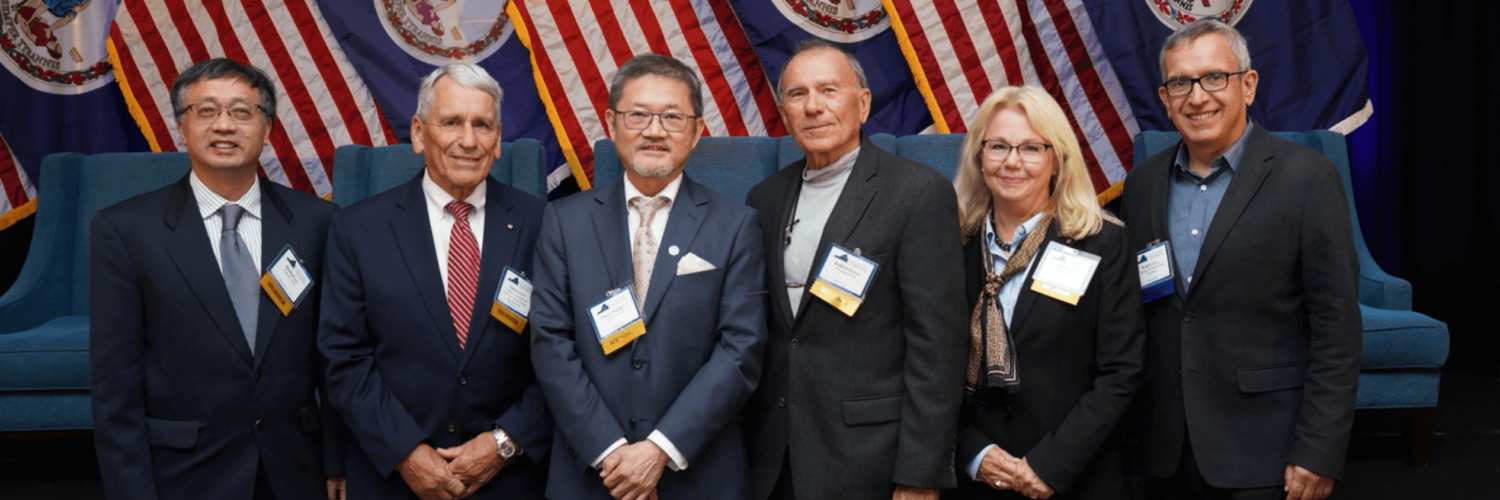
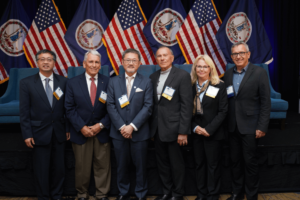 VASEM members have world-leading expertise in a host of fields vital to improving the quality of life Virginia’s citizens enjoy and enabling the Commonwealth to address challenges and seize opportunities as they emerge.
VASEM members have world-leading expertise in a host of fields vital to improving the quality of life Virginia’s citizens enjoy and enabling the Commonwealth to address challenges and seize opportunities as they emerge.